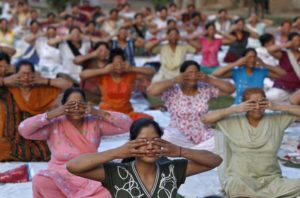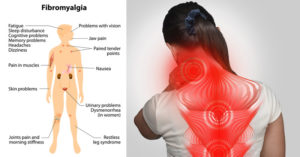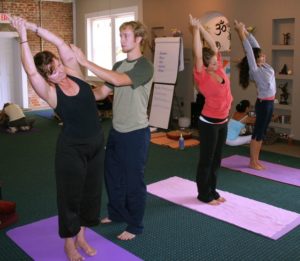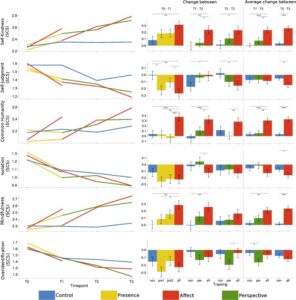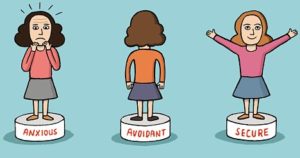Reduce Depression by Improving Brain Responses with Mindfulness
By John M. de Castro, Ph.D.
“If we accept that you can’t control your thoughts or feelings, but rather focus on cultivating your awareness of them, and regulate their impact, without getting caught up with them, then life can be far less stressful. The important thing is to realize that the content of our thoughts and emotions is less important than how we let them affect us.” – Ray Williams
Clinically diagnosed depression is the most common mental illness, affecting over 6% of the population. Depression can be difficult to treat. It is usually treated with anti-depressive medication. But, of patients treated initially with drugs only about a third attained remission of the depression. After repeated and varied treatments including drugs, therapy, exercise etc. only about two thirds of patients attained remission. But, drugs often have troubling side effects and can lose effectiveness over time. In addition, many patients who achieve remission have relapses and recurrences of the depression.
One of the characterizing features of depression is flat affect. Depressed individuals do not appear to react emotionally to either positive or negative events in their lives. Good things do not improve their mood and bad things don’t worsen it. This lack of reactivity tends to interfere with recovery from depression. Mindfulness training is an alternative treatment for depression. It has been shown to be an effective treatment for depression and is also effective for the prevention of its recurrence. This suggests that mindfulness training may help to reverse the flat affect, the lack of emotional reactivity.
In today’s Research News article “Brief training in mindfulness may normalize a blunted error-related negativity in chronically depressed patients.” (See summary below or view the full text of the study at: https://www.ncbi.nlm.nih.gov/pmc/articles/PMC5709439/ ), Fissler and colleagues employed an electrical response of the brain to the commission of an error, error related negativity, to measure non-reactivity in depressed patients and the effects of mindfulness training on this response.
They recruited adult depressed patients and healthy individuals as control participants. They were measured for depression both by clinical interview and self-report. Participants were asked to perform a sustained attention to response task in which single digits were presented and the participants were asked to press a space bar for all digits except the number 3. During the task, the Electroencephalogram (EEG) was recorded from the scalp to measure brain responses. The brain frontal lobe electrical response on correct trials was compared to that when errors were committed to measure error related negativity. After baseline measurement, the depressed patients were randomly assigned to either receive 2 weeks of mindfulness training or rest. The mindfulness training consisted of 25 minutes of meditation twice a day for 6 days per week. Resting depressed patients were asked to schedule rest periods on a similar schedule.
They found that the depressed patients were slower and made more errors on the sustained attention to response task than the health controls. In addition, the depressed patients had a significantly lower error related negativity in the EEG from the frontal lobe than controls, signifying less reactivity in these patients. They further compared the depressed patients who meditated to those who rested and found that both groups had decreased depression levels, but the meditators had significantly greater reductions in depression. Importantly, the depressed patients who meditated had an increased error related negativity response while the depressed patients who rested did not. This indicates that meditation improved depression and the brains electrical responses to events.
These are interesting and important results. It is well established that mindfulness training (meditation) significantly improves depression and this effect was repeated in this study. But, the results also suggest that meditation changes the brain of depressed patients, making it more responsive to environmental events. This suggests that meditation training may, to some extent, reverse the flat affect of depressed patients and that this occurs in combination with decreased depression. It cannot be established from this study if there is a causal connection between the flat affect and depression improvements. But, it is clear that mindfulness training (meditation) improves both.
So, reduce depression by improving brain responses with mindfulness.
“When unhappy or stressful thoughts occur, rather than taking them personally and merely reacting, mindfulness teaches you to observe such thoughts with friendly curiosity. You learn to catch negative patterns of thinking before they put you into a downward spiral. Over time, mindfulness can bring about long-term changes in mood and increased levels of happiness.” Sylvia Brafman
CMCS – Center for Mindfulness and Contemplative Studies
This and other Contemplative Studies posts are also available on Google+ https://plus.google.com/106784388191201299496/posts and on Twitter @MindfulResearch
Study Summary
Fissler, M., Winnebeck, E., Schroeter, T. A., Gummbersbach, M., Huntenburg, J. M., Gärtner, M., & Barnhofer, T. (2017). Brief training in mindfulness may normalize a blunted error-related negativity in chronically depressed patients. Cognitive, Affective & Behavioral Neuroscience, 17(6), 1164–1175. http://doi.org/10.3758/s13415-017-0540-x
Abstract
The error-related negativity (ERN), an evoked-potential that arises in response to the commission of errors, is an important early indicator of self-regulatory capacities. In this study we investigated whether brief mindfulness training can reverse ERN deficits in chronically depressed patients. The ERN was assessed in a sustained attention task. Chronically depressed patients (n = 59) showed significantly blunted expression of the ERN in frontocentral and frontal regions, relative to healthy controls (n = 18). Following two weeks of training, the patients (n = 24) in the mindfulness condition showed a significantly increased ERN magnitude in the frontal region, but there were no significant changes in patients who had received a resting control (n = 22). The findings suggest that brief training in mindfulness may help normalize aberrations in the ERN in chronically depressed patients, providing preliminary evidence for the responsiveness of this parameter to mental training.

